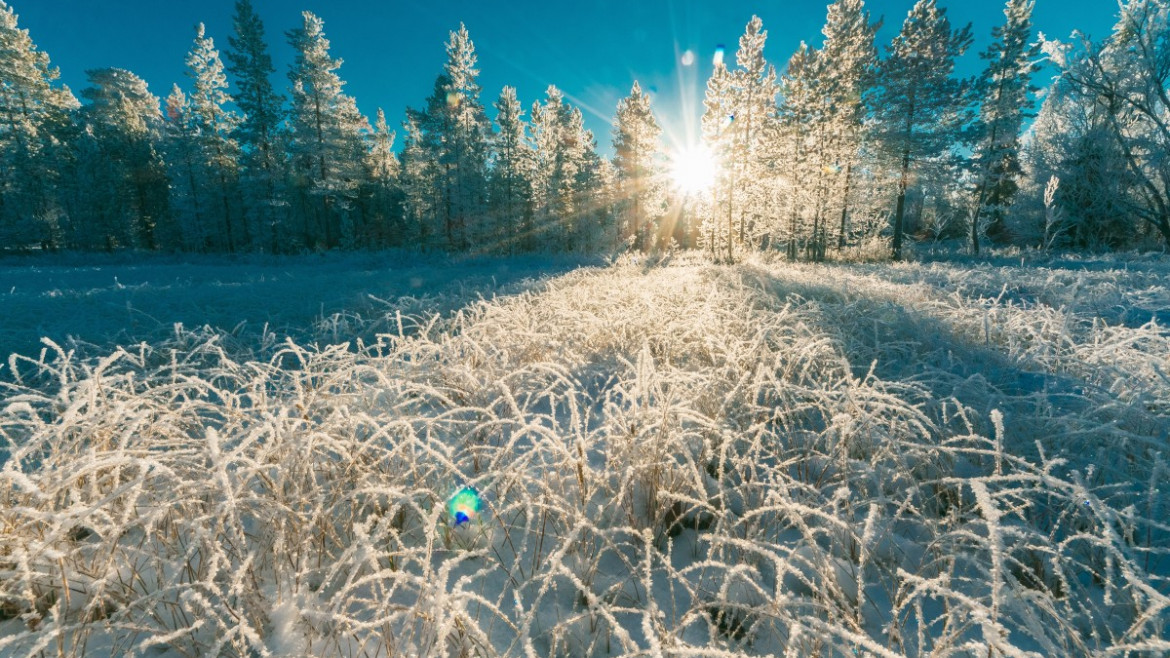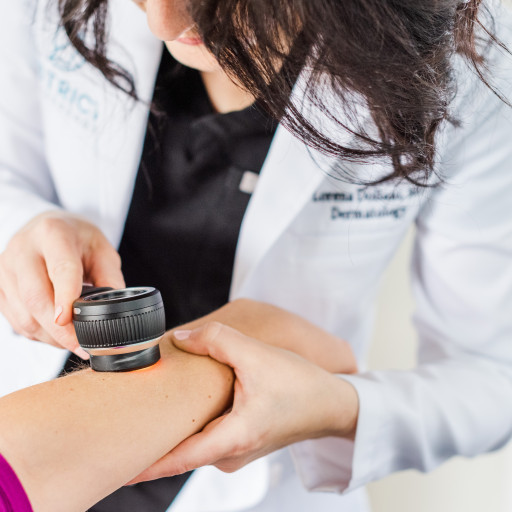Nothing compares to that feeling of warm sunshine on our skin. We often forget that harmful UV rays are present all year round, including wintertime. This means you most certainly can get a sunburn in the winter. Let me break this down for you.
Can You Get a Sunburn in Winter?
It seems like the answer to this question is quite simple—yes, you can. While the sun’s intensity appears to be higher in the warmer months, this doesn’t mean that the winter sun won’t harm you. That’s why I’ve listed these several tips through which you can protect yourself from the harmful UV rays.
Limit the time you spend in the sun
It is important not to forget that the sun is the same even during the cold winter days. Actually, reflective surfaces like snow and ice can reflect up to 80% of the UV radiation. This means that the sun’s rays hit you twice more during the winter, making it way more likely for you to experience a sunburn.
Cover yourself up

This tip might sound like a no-brainer, as you have to get on a few layers of clothes because of the low temperatures that characterize the winter season. This becomes especially important when you are doing winter sports such as skiing where you are spending significant time outside. Sunscreens, hats, large glasses, and scarves will protect you!
Wear sunscreen every single day
My patients are often shocked to find out they need to wear sunscreen even in wintertime. Summer isn’t the only season that requires sunscreen to protect our skin. Actually, the amount of sun rays that bombard our skin doubles on snowy days. Choose a sunscreen that is broad-spectrum with SPF greater than 30.
Avoid tanning parlors and sunlamps
Sun isn’t the only source of damaging rays, that’s why you should absolutely avoid artificial tanning parlors. There is a significant risk of developing skin cancers such as melanoma when exposed to tanning booths. Tanning booths can also lead to premature signs of aging such as fine lines, wrinkles, and dark spots. If you must have some color to your skin, opt for a self-tanning lotion at home which is safe. These lotions don’t serve as a replacement for your sunscreen. You should still apply sunscreen daily.
If you have any questions related to protecting your skin from harmful sun rays in the winter let me know in the comments below!


